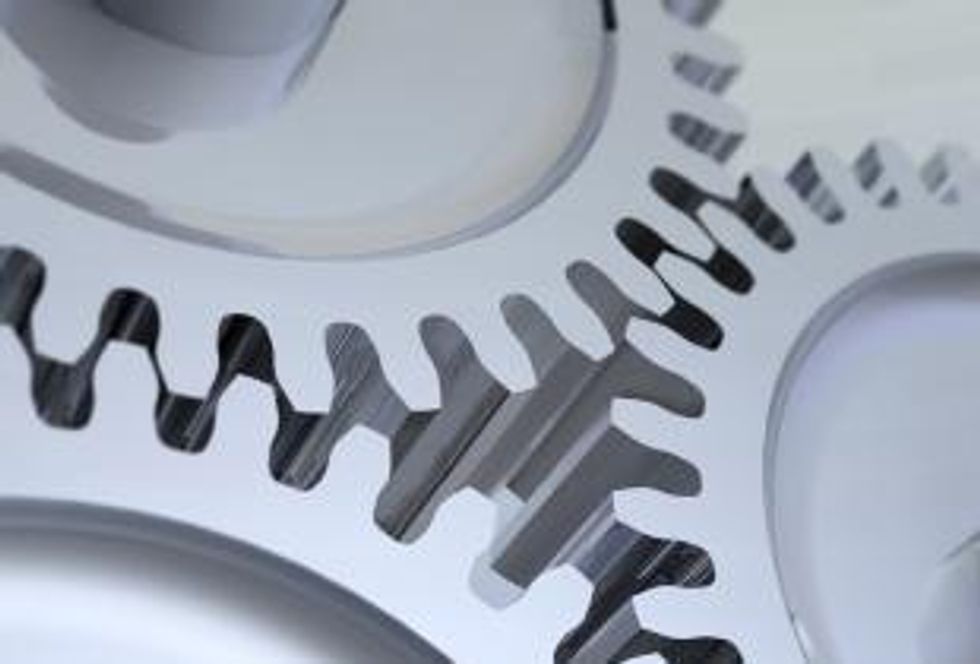Silver’s Unique Place as a Precious Metal Investment
It’s not uncommon for people to speak about the “gold to silver ratio” or describe silver with affectionate terms like “poor-man’s gold,” and though there are undoubtedly some similarities in regards to the recent bullish performance of the two precious metals, their uses are quite different—particularly in industry and technology.
Silver is sometimes compared with gold in commodity investing conversations: it’s not uncommon for people to speak about the “gold to silver ratio” or describe silver with affectionate terms like “poor-man’s gold,” and though there are undoubtedly some similarities in regards to the recent bullish performance of the two precious metals, their uses are quite different—particularly in industry and technology.
“There’s almost no industrial use for gold. On the other hand, silver has had quite a lot of industrial growth,” said Wayne Atwell, Director of Research and Supervisory Analyst at Casimir Capital. “The driving force in industrial demand is quite important and powerful, though it’s not what’s driving the market right now.”
According to Atwell, a majority of about 60-65 percent of all global silver is used in industry and technology, compared with less than 10 percent for gold. For instance, in the past, a large portion of silver’s use was in photography, peaking at a demand of more than 2 million ounces per year. Over the past 10 years, that demand has significantly shifted – but not dropped – as other applications like electronics have emerged.
“The industrial demand has more than offset the demand in photography so the demand for silver has been going up,” said Atwell. “There’s a demand for silver in things like laptops and cell phones, but even the use of silver in the car has gone up a great deal. Silver is a great conductor, it’s very expensive and you’re not going to use it unless you have to, but in some cases, you do have to.”
Silver is touted by some as being the next big precious metal investment, and it is making gains even on a steadily climbing gold price. And although being in the $40 range is much less glamorous than gold’s whopping $1,500 US milestone, this is not the only way to measure success. The price of silver rose 80 percent in 2010 on many markets, while gold gained around 30 percent.
“I think what’s happening right now is that silver had been left in the dust by gold and then all of a sudden it took off and started gaining momentum, and now the momentum players are investing in silver,” said Atwell. “Basically, silver has been quite volatile recently. Normally, when there’s not a lot of anxiety about government defaults, inflation and other commodities going through the roof, I think silver tends to be very boring and stable, but now silver has taken off and the volatility in silver is a lot more than gold.”
Atwell warns that although silver can be treated like gold as a hedge against inflation and for mitigating concerns of sovereign defaults, it is not held in the same regard on the global political and economic stage.
“Silver certainly has an element of the political and store value, but it’s a lot less of a driving force. Gold is considered a store value and while silver also is to a minor extent, it’s not the first thing that comes to people’s minds,” said Atwell. “There’s a lot less emotion [than with gold] and a lot less drive in people accumulating silver. I don’t know of a government on earth that holds silver as a monetary reserve.”




